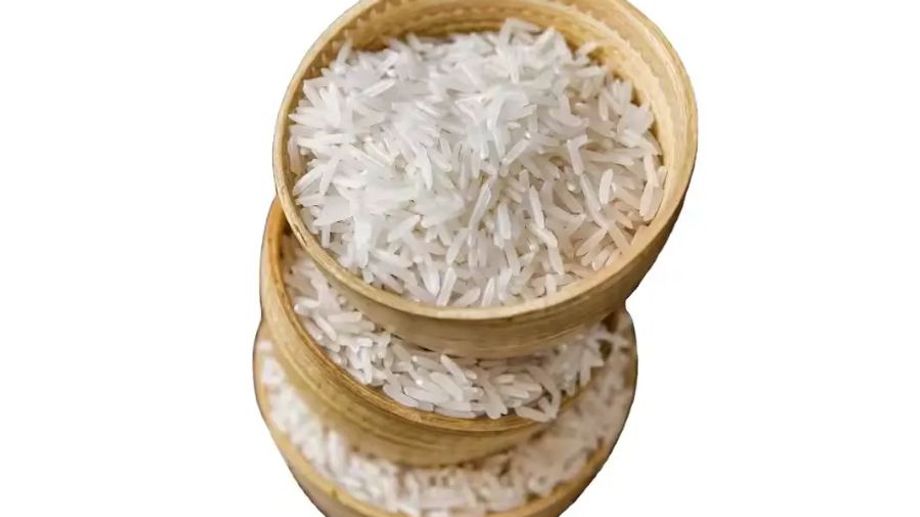What Is Cambodian Sticky Rice? Comparison with Other Types of Rice

Mục lục
Rice is the heart of Southeast Asian cuisine, with Cambodia and Vietnam standing out as two of the region's most important rice producers. Cambodian sticky rice and Vietnamese rice varieties both have rich histories and distinct characteristics, each offering unique flavors, textures, and culinary uses. This article explores Cambodian sticky rice, Vietnamese rice, and compares them with other common types of rice worldwide.
What Is Cambodian Sticky Rice?
Cambodian sticky rice, locally known as “Phka Malis” or glutinous rice, is a staple food that holds significant cultural and culinary value. Characterized by its short, round grains and sticky texture when cooked, this rice variety is essential to many traditional Cambodian dishes and ceremonies.
Key Features of Cambodian Sticky Rice
- Short, round grains: Unlike long grain rice, sticky rice has plump and almost translucent grains.
- Sticky texture: When cooked, the grains cling together, making it ideal for eating with hands or molding into cakes.
- Distinct aroma: Cambodian sticky rice is prized for its subtle, naturally sweet fragrance.
- Versatile use: Integral to savory and sweet dishes alike, including traditional sticky rice cakes and desserts.
- Cultural importance: Often served during festivals, weddings, and religious ceremonies.
What Is Vietnamese Rice?
Vietnamese rice encompasses a diverse range of rice varieties cultivated across the country, particularly in the fertile Mekong Delta and Red River Delta regions. The most popular Vietnamese rice types include:
1. Vietnamese Jasmine Rice (Homali Rice)
- Known for its long, slender grains and fragrant aroma.
- Soft, fluffy texture when cooked.
- Widely used in everyday meals and export markets.
2. Vietnamese Sticky Rice (Glutinous Rice)
- Similar to Cambodian sticky rice with short, sticky grains.
- Used in traditional Vietnamese dishes like xôi (sticky rice dishes) and rice cakes.
- Cultivated mainly in northern Vietnam.
3. Vietnamese Parboiled Rice
- Undergoes steaming before milling.
- Retains more nutrients, firmer texture, and longer shelf life.
- Popular for both domestic consumption and export.
4. Vietnamese Brown Rice
- Whole grain rice with bran and germ intact.
- Higher in fiber and nutrients.
- Growing in popularity due to health trends.
Comparison with Other Types of Rice
To understand Cambodian sticky rice and Vietnamese rice fully, it's helpful to compare them with other common rice varieties globally.
1. Sticky Rice (Cambodian & Vietnamese) vs. Jasmine Rice
- Texture: Sticky rice is adhesive and chewy; jasmine rice is fluffy and separate.
- Grain size: Sticky rice grains are short and round; jasmine rice grains are long and slender.
- Aroma: Jasmine rice has a strong floral aroma; sticky rice has a mild, sweet scent.
- Use: Sticky rice suits sticky dishes and desserts; jasmine rice is preferred for steamed rice and fried rice.
2. Vietnamese Rice vs. Basmati Rice
- Grain length: Basmati is longer and thinner; Vietnamese rice varies but jasmine is shorter.
- Aroma: Basmati has a nutty fragrance; jasmine rice is floral.
- Texture: Basmati cooks fluffy and dry; Vietnamese jasmine is soft and slightly sticky.
- Cuisine: Basmati is used in Indian/Middle Eastern cooking; Vietnamese rice fits Southeast Asian dishes.
3. Vietnamese Brown Rice vs. White Rice
- Nutrition: Brown rice retains fiber and nutrients; white rice is polished and less nutritious.
- Texture: Brown rice is chewier; white rice is softer.
- Taste: Brown rice has a nuttier flavor; white rice is neutral.
- Health benefits: Brown rice supports digestion and blood sugar control better.
4. Cambodian Sticky Rice vs. Thai Sticky Rice
- Both are glutinous rice with sticky texture.
- Cambodian sticky rice is noted for its particular fragrance and use in local ceremonial dishes.
- Thai sticky rice is widely used in northern Thailand and Laos, sometimes with subtle flavor differences.
Culinary Uses of Cambodian Sticky Rice and Vietnamese Rice
Cambodian Sticky Rice
- Sticky rice cakes: Used in traditional cakes like Num Ansom.
- Sticky rice desserts: Paired with coconut milk and mango.
- Ceremonial foods: Important in religious and cultural festivals.
Vietnamese Jasmine Rice
- Steamed rice: Served with a variety of dishes.
- Fried rice: Its fluffy texture suits stir-fries.
- Rice bowls: Used in contemporary and traditional meals.
Vietnamese Sticky Rice
- Xôi: Sweet or savory sticky rice dishes.
- Rice cakes: Traditional festive foods like bánh chưng and bánh tét.
Vietnamese Parboiled and Brown Rice
- Used in everyday meals for nutrition and texture.
- Brown rice gaining popularity in health-conscious diets.
How to Identify Cambodian Sticky Rice and Vietnamese Rice
- Cambodian sticky rice: Short, plump grains; sticky when cooked; subtle aroma.
- Vietnamese jasmine rice: Long, slender grains; floral aroma; fluffy texture.
- Brown rice: Brown color with bran layer; chewy texture.
- Parboiled rice: Slightly yellowish; firm grains.
Conclusion
Cambodian sticky rice and Vietnamese rice varieties each bring unique qualities to the table, reflecting their cultural heritage and culinary traditions. Cambodian sticky rice stands out for its sticky texture and fragrance, essential in many traditional dishes. Vietnamese rice, particularly jasmine and sticky types, offers versatility and aromatic qualities that enrich Southeast Asian cuisine.
Understanding these varieties and their differences compared to other global rice types helps consumers appreciate their unique contributions to food culture and nutrition.
Learn more: Cambodian Rice